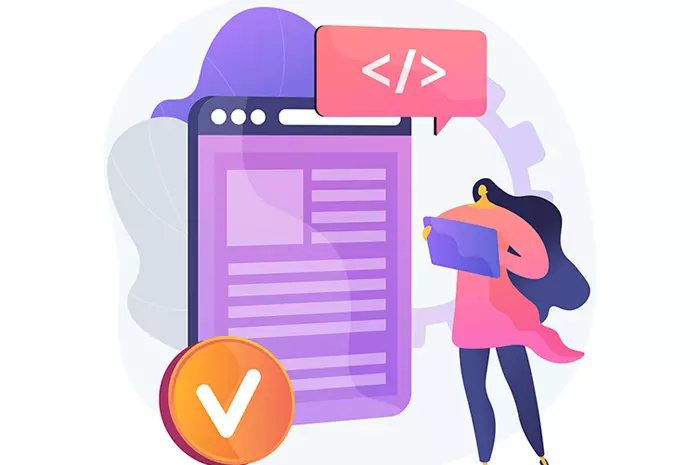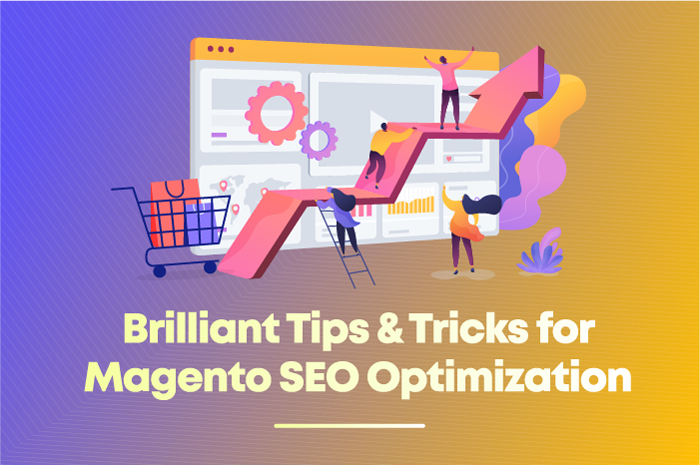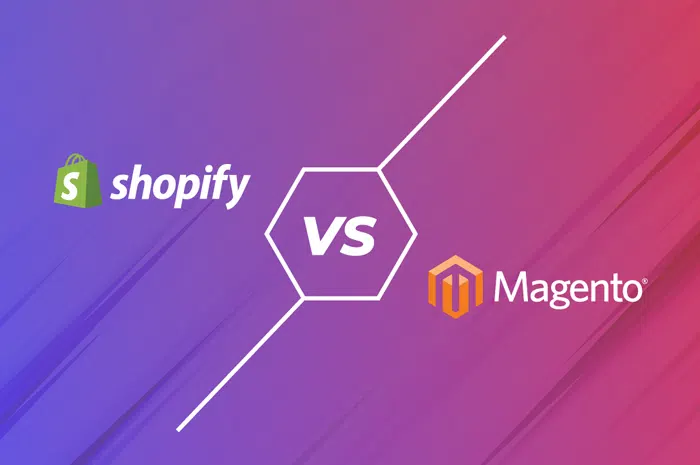Table of Contents:
You have two options when you are building a web application: multipage applications (MPA) or single-page applications (SPA). There are not as many SPAs as MPAs in the web. SPAs' enhanced usability and modernity, however, mean that their popularity will spike in the future.
For a long time, we were familiar with only MPAs, which processed many requests between the server and the clients. This carried on until Ajax technology was introduced to us. This set of web development techniques allowed for updating the web page without reloading it.
SPAs are the perfect solution if you have a large-scale application with a complex user interface and many content pages, and you are to satisfy thousands of users that employ multiple devices. It is also up your alley if you require a rapid site with heightened UX and dynamic data loading.
What is a Single Page Application?
An SPA is a website or web app that fits onto one page. It provides greater performance and a desktop-like, flexible user experience. With it, you can significantly reduce server load and improve the loading speed, resulting in a better UX. This is due to the fact that SPA boots data that is on demand, whilst the page has already been loaded.
There are two types of SPAs:
One embeds multiple pages' content into one "shell" page
In the other, a single app employs Ajax to retrieve content when users click on links; hence, the content that changes is the one that is updated on the page.
The Benefits of Single Page Applications
Smoother UX
Single page web application development will help you gain new customers and retain old ones with a faster, simpler, and more linear UX. Instead of the entire page being updated, only the necessary part of the content is updated. In the lifespan of the app, most resources such as CSS or HTML are loaded just once. Only data gets shifted around.
A famous example of such an app is Spotify. It utilizes parallax scrolling and transitions to display the customer's journey in its entirety.
With SPAs, say goodbye to clicking on endless links – your scrolling will be easy and uninterrupted.
Easy to De-Bug With Popular Browsers
Because SPAs are developed utilizing frameworks such as AngularJS Development Tools and React Developer Tools, it is easy to debug it using Chrome. By investing in a single page application framework, you can monitor network operations, investigate elements of pages, and check data.
Cache Local Data Effectively
An SPA will store all the data it receives after sending just one request to a server. After this, it can make use of this data and operate even while offline. If there is poor connectivity, when the connection permits it, local data can be synchronized with the server.
Potential Downsides of Single Page Applications
SEO More Difficult to Optimize
SPAs work on JavaScript and download data requested from the client. Hence, pages don't have a unique URL address and the URL does not really change. It becomes difficult to optimize these websites for SEO since many pages cannot be scanned by search bots.
There are, however, ways to circumvent this issue. Google has started to index dynamic pages. For this, you need to verify that your website utilizes HTML5 mode in the URL scheme and ensure that Google can index your JavaScript files.
Unsaved Browser History
In this type of web application development, visitors' jumps between states are not saved by SPAs. Hence, when users click the back button, they do not go back. The browser does not take visitors to the previous state, but only to the previous page.
Again, you can solve this. Developers can equip their SPA frameworks with an HTML5 History API. This will offer access, via JavaScript, to browser navigation history.
Weaker Security
SPAs are more vulnerable to XSS attacks than are MPAs.
If developers are not careful about the data that is contained in the initial page load, they risk sending data that should not be exposed to all visitors.
SPAs also, at the functional level, miss access control, and can hence be insecure. Because developers move logic and features off the server and to the user, it is easy to give the user access to functions that they should not be allowed to use.
When Should you Use Single Page Applications?
Use single page application development when you wish to build dynamic platforms with small amounts of data. It allows for the best interaction between your app and the visitor. You can also use it if you desire real-time updates in your web page – this is used for notifications, real-time charts, and data streaming.
However, if your project requires strong SEO, you should not use an SPA and instead go for an MPA. You also potentially slow the load time if you use SPA for static content.
Conclusion
Amplify your business performance with BluEnt's website development and mobile application development services. Tell us what you want to build or automate and we will deliver. Our clients have included HBO, Sungard, and CapGemini.
Cross-learning across all major industries and business segments allows us to offer innovative solutions for IT challenges. We specialize in application infrastructure management, redesign and re-engineering existing apps, app migration and maintenance, workflow, solving business problems, and more. And, of course, your SPA development is in good hands with us.
Contact our friendly and talented team today!
Maximum Value. Achieved.








 Proven Magento SEO Tips to Rank High on Search Engines
Proven Magento SEO Tips to Rank High on Search Engines  10 Best Magento Extensions to Achieve eCommerce Excellence.
10 Best Magento Extensions to Achieve eCommerce Excellence.  Magento vs Shopify: The Battle of the eCommerce Titans
Magento vs Shopify: The Battle of the eCommerce Titans  Unlock the power of ChatGPT for business data analytics!
Unlock the power of ChatGPT for business data analytics! 